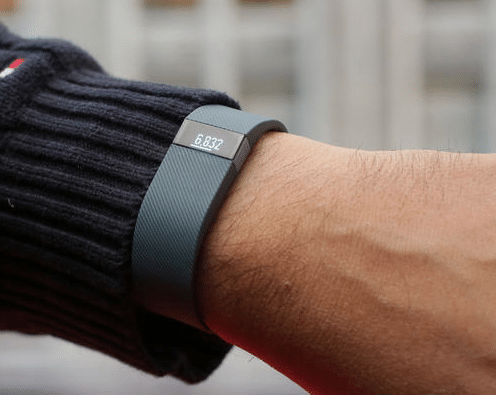After numerous complaints about skin irritation issues from Fitbit Charge users, the company has released a statement that claims the problem is not with their materials and likely due to problems with consumer hygiene.
The company is in no way suggesting that consumers are simply filthy and unkempt but instead suggests that they are making common mistakes that many people tend to make when it comes to wristbands and jewelry that stays on for a long time.
“The reactions we are seeing with Charge are not uncommon with jewelry or wearable devices that stay in contact with the skin for extended periods,” said Fitbit CEO and co-founder James Park, according to Engadget. “According to our consulting dermatologist, they are likely from sweat, water, or soap being held against the skin under the device, or from pressure or friction against the skin and should resolve quickly when users take a break from the device, usually within hours or days.”
While the materials used for the FitBit Force were responsible for skin irritation issues in the past, Park insists that isn’t the case this time around.
“While Force’s housing and band were held together with adhesive, which was determined to be the cause of nearly all allergic reactions, Charge’s housing and band are held together with screws, completely eliminating the potential for any adhesive to contact the skin,” the statement continued.
He also said that the company took the product through “extensive testing” to ensure all users could “safely wear and enjoy Charge.”
As with any watch, ring, armband or other accessory that is in direct contact with skin for long periods of time, Park says users will need to take the device off from time and time and make sure it has a loose fit when they are wearing it.
Also, keeping the skin underneath the band clean is an essential part of the general upkeep.
“We are encouraging anyone wearing an activity tracking wristband, regardless of the brand, to follow four key elements for maximum enjoyment: keep it clean, keep it dry, keep it loose, and give your wrist a break,” Park said. “We recommend wearing the band loosely enough that it can move back and forth on your wrist. We have developed guidelines for our products with our team of dermatologists to educate the public on how they should wear and care for their device and keep their skin happy.”
The company also pointed out that they had a very limited amount of complains about the skin irritation issues with the Charge compared to the Force.
This is yet another reason why the company believes the products used to make the activity monitoring wristband are not at fault, because of the scarcity of complaints that have made their way to their office.
The company promises to “continue to monitor this issue.”

